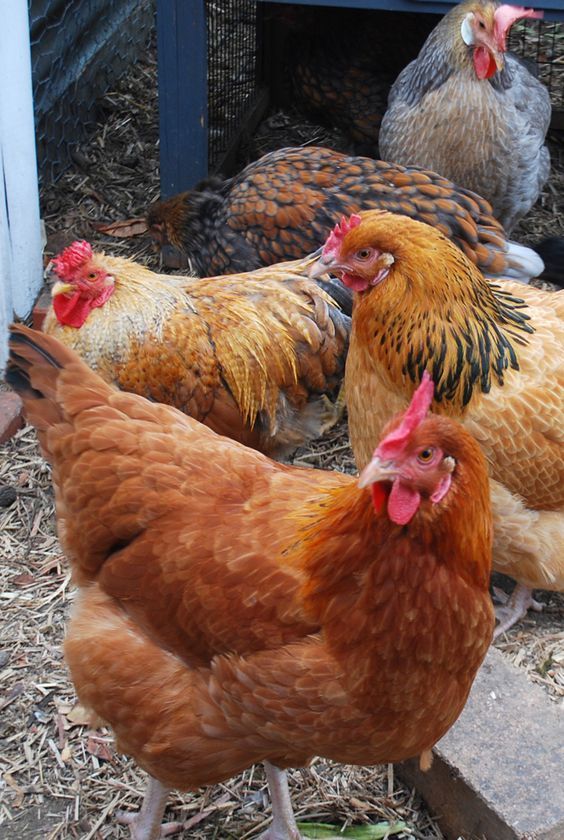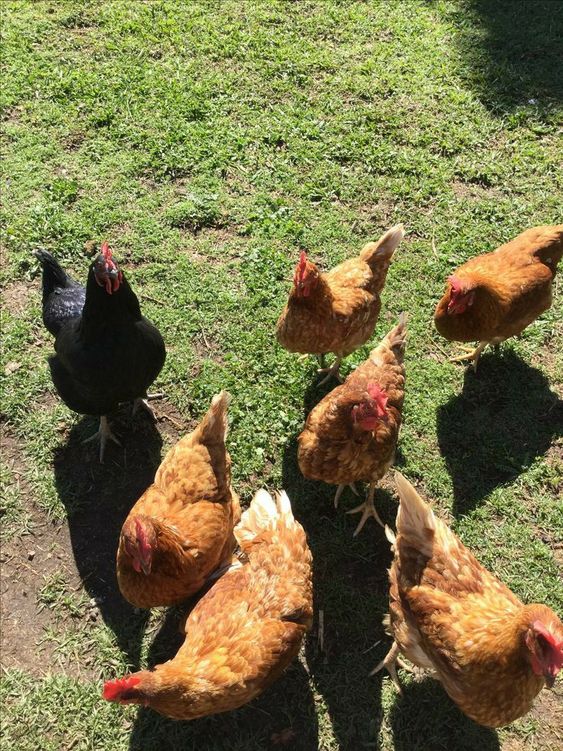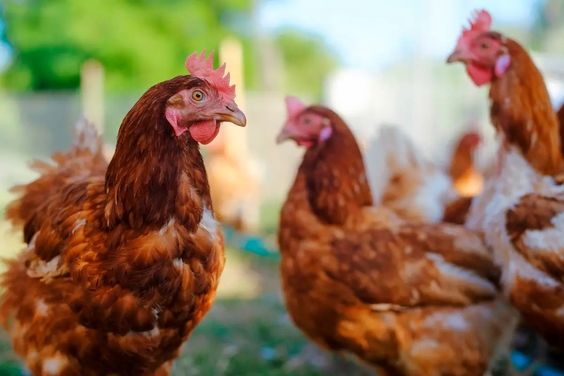Alternative Chicken Farming: Raising Chickens with Higher Welfare and Sustainability
Alternative Chicken Farming has come under scrutiny in recent years due to concerns about animal welfare and environmental impact. However, there’s a growing movement towards alternative chicken farming methods that prioritize bird well-being and ecological responsibility.
This guide dives deep into the world of alternative chicken farming, exploring different approaches, their benefits, and considerations for getting started.
Why Choose Alternative Chicken Farming?
There are several compelling reasons to consider alternative chicken farming methods:
- Improved Animal Welfare: Conventional battery cages severely restrict natural behaviors. Alternative methods allow chickens to express themselves through scratching, pecking, dustbathing, and socializing.
- Higher Quality Meat and Eggs: Studies suggest that chickens raised in alternative systems produce eggs and meat with better flavor, texture, and nutrient profiles due to exercise and a more varied diet.
- Environmental Sustainability: Conventional chicken farming can contribute to pollution through manure management and resource-intensive practices. Alternative methods often promote soil health, reduce waste, and integrate with other agricultural systems.
- Meeting Consumer Demand: Consumers are increasingly interested in ethically-sourced and sustainable food products. Alternative chicken farming caters to this growing market.
Exploring Different Alternative Chicken Farming Methods:
-
Free-Range: Free-range systems allow chickens outdoor access during daylight hours. They can roam in designated areas, typically covered runs with grassy patches or dirt for scratching. While offering more freedom than cages, free-range doesn’t guarantee extensive outdoor access, and quality can vary.
-
Pastured Poultry: This method involves moving portable chicken tractors daily to fresh pastures. Chickens benefit from a diverse diet of bugs, grubs, and forage while naturally fertilizing the land. Pastured poultry requires more land and management compared to free-range.
-
Organic: Organic certification focuses on using organic feed free of synthetic pesticides and providing birds with outdoor access. Organic farms often integrate with other agricultural practices for a holistic approach.
-
Heritage Breeds: Raising heritage breeds, slower-growing chickens with diverse genetics, promotes biodiversity and can produce richer-flavored meat and eggs. However, they may require more care and have lower egg production compared to commercially bred layers.
-
Multi-story Poultry Systems: These innovative systems house chickens in vertically stacked tiers with access to perches, nest boxes, and scratching areas. They can be a space-saving solution for raising chickens in urban or peri-urban areas.
Considerations for Getting Started with Alternative Chicken Farming:
- Research Local Regulations: Restrictions on raising chickens can vary by location. Check zoning ordinances and any permits required before getting started.
- Choose Your Method: Consider factors like available space, resources, climate, and desired production (meat or eggs) when selecting a method.
- Breeds: Select breeds suited to your climate and production goals. Heritage breeds may require more space and care, while commercially bred layers are known for high egg production but may be less hardy.
- Housing: Invest in secure, weatherproof housing that protects chickens from predators and harsh weather. Factor in proper ventilation, nesting boxes, roosting space, and feeders and waterers.
- Feed: Choose high-quality feed appropriate for your chosen breed and production stage. Organic feed aligns with organic certification but isn’t a requirement for all alternative methods.
- Biosecurity: Implement measures to prevent the spread of diseases, including disinfecting boots, quarantining new birds, and maintaining a clean environment.
- Predatory Animals: Chickens are vulnerable to predators like foxes, hawks, and raccoons. Secure your coop with strong wire mesh and consider additional deterrents like predator fencing or guard animals, depending on your location and specific threats.
Benefits and Challenges of Alternative Chicken Farming:
- Improved animal welfare
- Higher quality products
- Environmentally sustainable practices
- Meeting consumer demand
- Potential for profit through direct marketing to consumers or selling to restaurants seeking ethically sourced meats and eggs.
- Higher upfront costs for housing and equipment compared to conventional methods.
- Increased labor requirements for coop maintenance, daily chores, and potentially moving pastures.
- Lower egg production compared to some commercially bred layers.
- Potential for increased disease outbreaks due to outdoor access.
Conclusion Alternative Chicken Farming
Alternative chicken farming offers a compelling approach to raising chickens with a focus on animal welfare, environmental responsibility, and producing high-quality products. While there are challenges to consider, the benefits for birds, the environment, and consumers make it a worthwhile venture for those seeking a more ethical and sustainable way to raise chickens. By carefully researching options, choosing the right method for your situation, and implementing best practices, you can successfully embark on a journey of alternative chicken farming.






